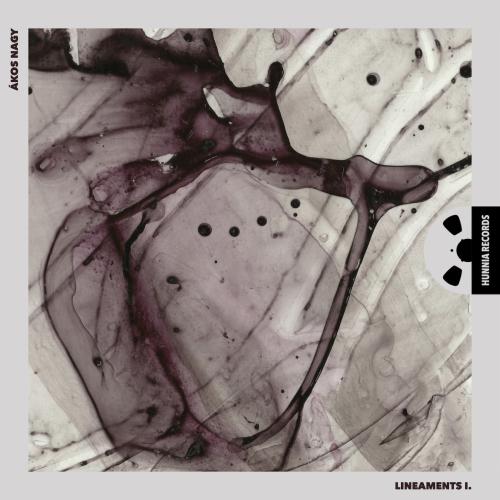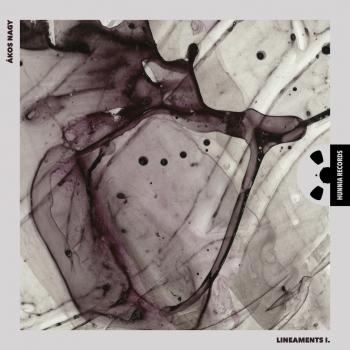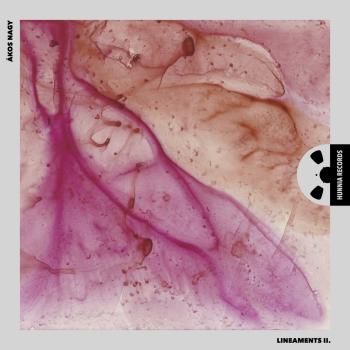
Lineaments I. Ákos Nagy
Album info
Album-Release:
2021
HRA-Release:
06.07.2021
Album including Album cover Booklet (PDF)
- Ákos Nagy (b. 1982):
- 1 Hommage á Rothko (Geneamus Ensemble version) 07:42
- 2 In dem Nebel 20:14
- 3 Par la voie des rythmes – La Déploration sur la Mort d’Henry Michaux 28:29
- 4 Hommage á Rothko (electroacoustic version) 06:34
Info for Lineaments I.
"Foggy noise, noisy silence, quiet fog. New and newer forms are constantly emerging from the mist: I have no idea whether they exist or just visions. The record seems as if it would be a single piece - are there really any separate tracks? Hurdy gurdy, Viola da Gamba, Serpent - are they really present, or do we just imagine them? Have such instruments ever existed at all? Flute? Is there anything like that? Where are the boundaries? Are there any? Or do we just imagine? Hugely magnified granular synthesis: everything fades in from somewhere and fades out somehow. Behind the fog, there may be a city, if there is: buildings are emerging, many floors. Constantly downward gravitating fifths - cannot see the depths where they lead: is there possibly a subway?" (János Bali, Liszt Ferenc Prize recorder player, conductor, composer, mathematician, teacher)
Ákos Nagy, electronics, percussion
Zsuzsanna Aba Nagy, harp (track 1)
Roland Szentpáli, serpent (track 1)
Zsolt Szabó, viola da gamba (track 1)
Róbert Mandel, hurdy-gurdy (track 1)
István Rimóczim, percussion, objects (track 3
Ákos Nagy
His art is synthetic and shows synthesizing tendency which is built from the Netherlandish polyphone tradition. He examined Gothic and late Renaissance music, traces of which show up in his later music along with elements of Transsylvanian, Indian, Khmer, Balinese and Japenese classical culture. He is researching the rhythm and tone systems outside Europe. He turns towards exploring new forms and structures, filling them up with his characteristic take on melody which origins usually from non-tempered (just intonation) systems. His music juxtaposes solid blocks of sound that keep reprising accumulatively – a method he branded ’layering technique’. He has been experimenting with psychoacoustic ‘tricks’ for example morfing tremolos with different tempos, phenomenon of binaural beats, low frequencies impulses (ELF-WLF), sounds of pulsars, magnetars and other radio signals from space, different spectral distortions, paradox of tritone and octave, glissando-like effects, scale illusions and Doppler-effect. Apart from acoustic instruments he is interested in electronic instruments, electro-acoustic music, sound synthesis, percussions and instruments which differs from European ones for example shakuhachi, hichiriki, sho, bansuri, serpent, hurdy-gurdy, viola da gamba, etc.
Booklet for Lineaments I.











